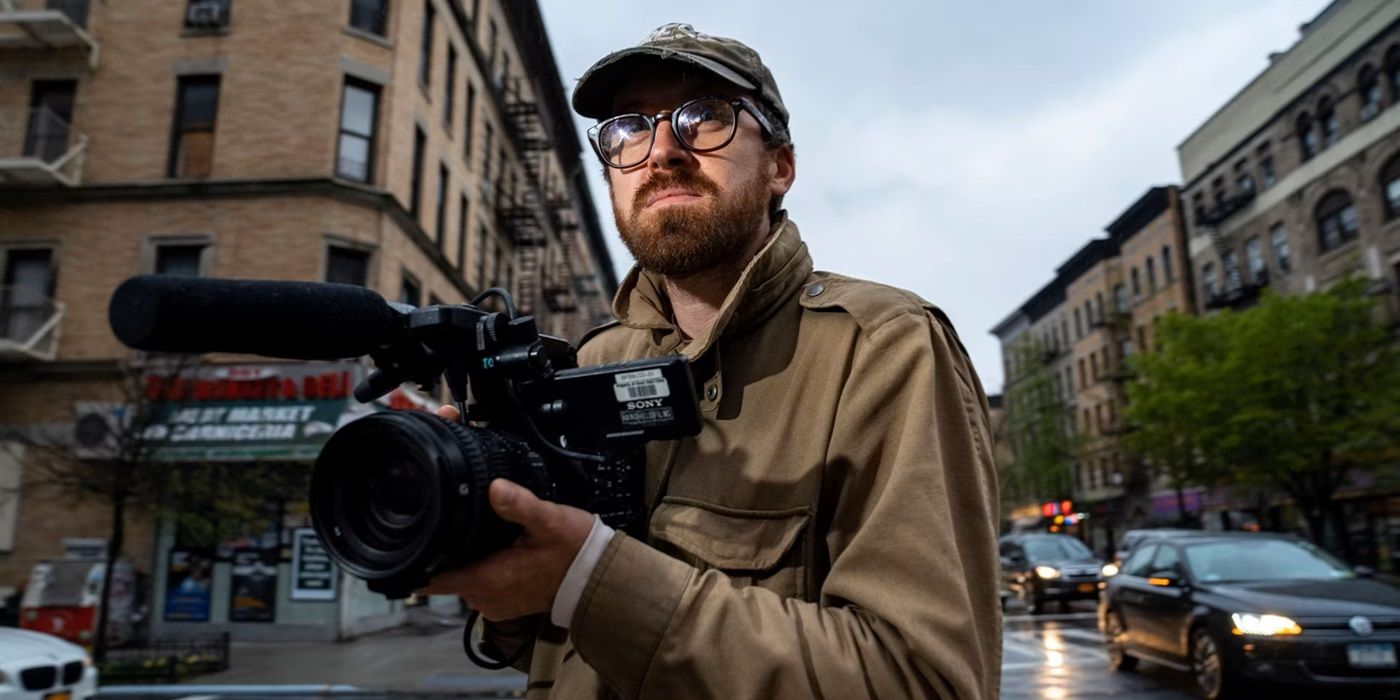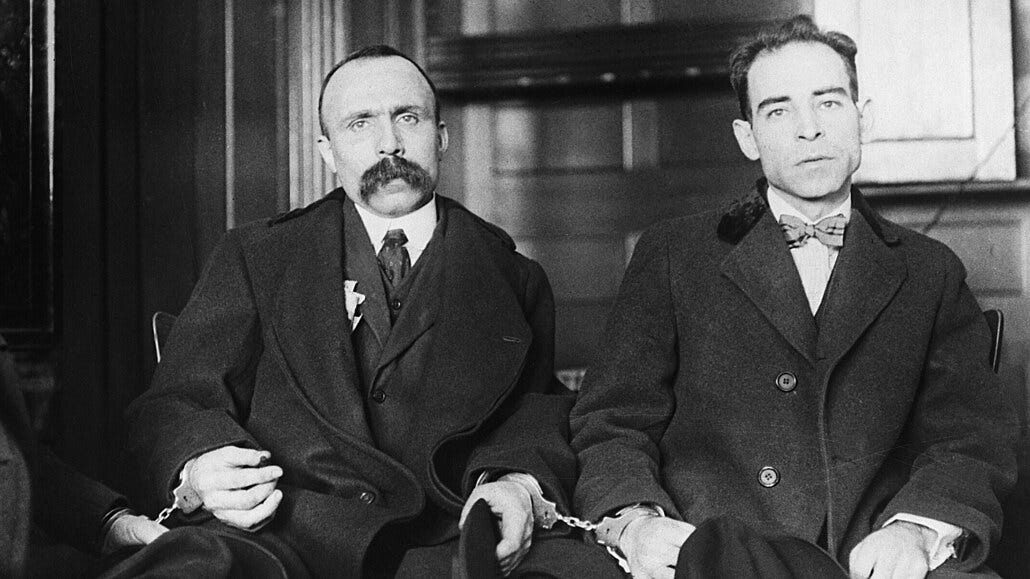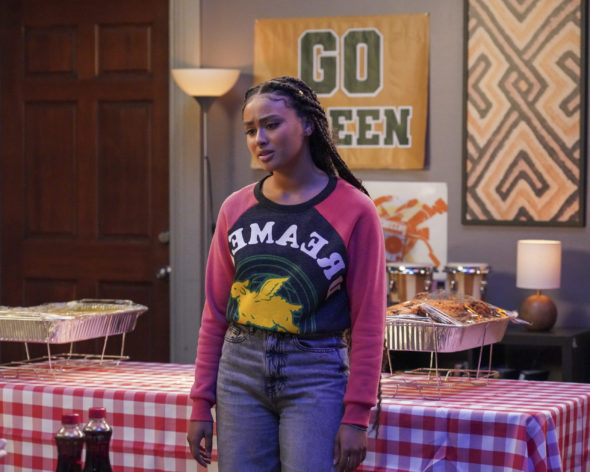The Big Picture
-
How To with John Wilson
offers a unique blend of humor, documentary filmmaking, and genuine human connection. - Wilson’s exploration of NYC’s oddities and subcultures creates hilariously bizarre situations that never feel exploitative.
- The show’s emotional depth shines in moments like Wilson’s pandemic experience, making it more than just a comedy series.
Comedy can be one of the hardest things to do well. Sure, you can get by on boring pop culture references, stale bits, and shock humor, but making truly great comedy can be incredibly hard. HBO is no stranger to this struggle. They’ve produced some of the most iconic, well-done, and long-lasting comedy shows ever made. Sex and the City, Barry, Veep, you name it, HBO has been at the forefront of great comedy TV for decades now. Yet, one show stands apart, both in its content, uniqueness, and of course, hilarity. How To with John Wilson may not have the same name recognition or star power as those other shows, but it goes toe-to-toe with all of them. An exploration of the strange world of New York City and beyond, How To is so much more than a comedy show. Rooted in the tradition of documentary filmmaking done by people such as Louis Theroux and Les Blank, it uses the medium to investigate and share thoughts through the style of cinema, while also letting someone else shine. On top of that, it’s also hilarious, with some of the most bizarre interactions ever put on the small screen.

How To With John Wilson
An anxious New Yorker attempts to give everyday advice while dealing with his own personal issues.
- Genre
- Comedy, Documentary
- Language
- English
- Number of Seasons
- 3
- Debut Date
- October 23, 2020
- Studio
- HBO
Who Is Behind ‘How To with John Wilson’?
Any analysis of How To would have to begin with the people that make the show possible. Firstly, John Wilson himself. A documentary filmmaker that claims to have made a movie every day of his life during his childhood, Wilson has made a name for creating very personal, almost archival documents of his life, of New York City, and of almost everything really. How To is also produced by Nathan Fielder, another modern comedy god, which makes the cringe humor, and weird yet intensely compelling people Wilson documents come into clearer focus.
From the first trailer of How To, you see exactly why Fielder would want to attach himself to something like this. The show is also written by Wilson, along with a cast of writers that includes Conner O’Malley, known for his surreal brand of comedy videos, and Susan Orlean, the writer of The Orchid Thief, which was then adapted into Adaptation, where she is portrayed by Meryl Streep. While the show bears Wilson’s name and “brand” of filmmaking, the creative process that makes the show possible is intensely important to understanding the show. On a surface level, it is very easy to view How To as an assembly of fun vignettes of NYC life, but it is so much more than that.
‘How To with John Wilson’ Brings a New Dimension to Comedy
Comedy is not a monolith. Many different things can make you laugh for many different reasons. How To With John Wilson has a very specific brand of comedy that can be incredibly hard to pin down. For one, there is a lot of comedy in the visuals of the show. The marketing of the show initially hinged on the idea of seeing the oddities of New York displayed on television, and it lives up to that pitch. Seeing Kyle MacLachlan struggle with a Metrocard, or people shaking hands with mascots on street corners are all classic NYC slice-of-life moments. Wilson’s narration can also garner some laughs, especially in a rare moment of profanity, or when he seemingly trails off to nowhere in the middle of a bit. He’s a real character, and his perspective is the perspective the entire show hinges on. He is the straight man towards the total insanity being depicted on screen.
This brings us to the real comedic crux of the show, which are the people and places Wilson manages to get mixed up with. The show has a real fascination with groups, organizations, conventions, and subcultures. Large chunks of the show are dedicated to documenting banquet dinners for a referee organization, scaffolding conventions, meetups of a group dedicated to coping with never being able to live on Pandora from Avatar, even a birthday party for the daughter of the CEO of Bang Energy drinks. Wilson never presents the show as “On this episode we are going to shadow a scaffolding convention,” he just seemingly ends up there, often through the invitation of a random encounter on the street. People from all walks of life are magnetized to his camera, and the situations are just so weird, and shown to you so straightforwardly, that you can’t help but laugh.
John Wilson Uses the Documentary Style for Laughs and Heart
Documentaries, and film and television in general, have always been obsessed with the strange or the mundane. Yet a lot of times, you feel like you’re laughing at someone. Something is funny because you didn’t think anyone would take it so seriously. How To never really feels like that. Wilson isn’t using these people for cheap laughs, and sure they may be funny, but you often walk away with a deeper understanding of them, and what they’re really about. In the episode “How To Appreciate Wine,” where we end up at the aforementioned birthday party, it turns from a hilariously bizarre situation of Wilson showing up unannounced, to a really concerning, almost cult-like situation happening within that family. Wilson makes a direct connection to NXIVM cult leader Keith Raniere and also someone who organized an a cappella competition Wilson participated in during college, which led to a major scandal within the a cappella community when Wilson’s group protested Raniere. For an episode that starts out with not appreciating wine, you manage to get to cults in under 30 minutes, all while laughing the whole time. The show has a deep critical lens, and also a strong emotional core. Wilson displays genuine empathy in his filmmaking, and that shows. Nobody ever feels exploited in his frame.
The emotional core of the show is at its best in the Season 1 finale “How To Cook the Perfect Risotto.” Wilson is attempting to cook risotto for his elderly Italian landlord just as she always cooks and cleans for him, and risotto is her favorite dish. As he struggles with it, COVID begins to strike, and NYC begins to lock down. Wilson makes a show that captures and defines the pandemic in a way nobody else has, and maybe nobody else ever will. The city he loves so well is now turned into something out of a movie, an alien landscape compared to the vibrant city he captured for the entire season. When his landlord is hospitalized for a stroke, everything seems to be at its worst. As we revisit the locations of Season 1 all closed down now, it is a genuinely crushing moment. But when she returns from the hospital, and Wilson finally gives her the risotto, it’s hard not to cry. A show that devoted significant time to anti-circumcision activist groups can also make you cry like no other show has.
Comedy can be a lot of different things. What makes How To With John Wilson so unique, and why it’s the best comedy show HBO has ever produced, is that you get so much more out of it than just a laugh. It is a genuinely powerful piece of documentary filmmaking, that investigates not just New York City, but almost anything you can imagine. It shows that a lot of comedy is rooted in interests or obsessions, not just in the people Wilson documents, but in the way he and everyone involved produce the show.
How To with John Wilson is available to stream on Max in the U.S.
























































![Key Metrics for Social Media Marketing [Infographic] Key Metrics for Social Media Marketing [Infographic]](https://www.socialmediatoday.com/imgproxy/nP1lliSbrTbUmhFV6RdAz9qJZFvsstq3IG6orLUMMls/g:ce/rs:fit:770:435/bG9jYWw6Ly8vZGl2ZWltYWdlL3NvY2lhbF9tZWRpYV9yb2lfaW5vZ3JhcGhpYzIucG5n.webp)


















